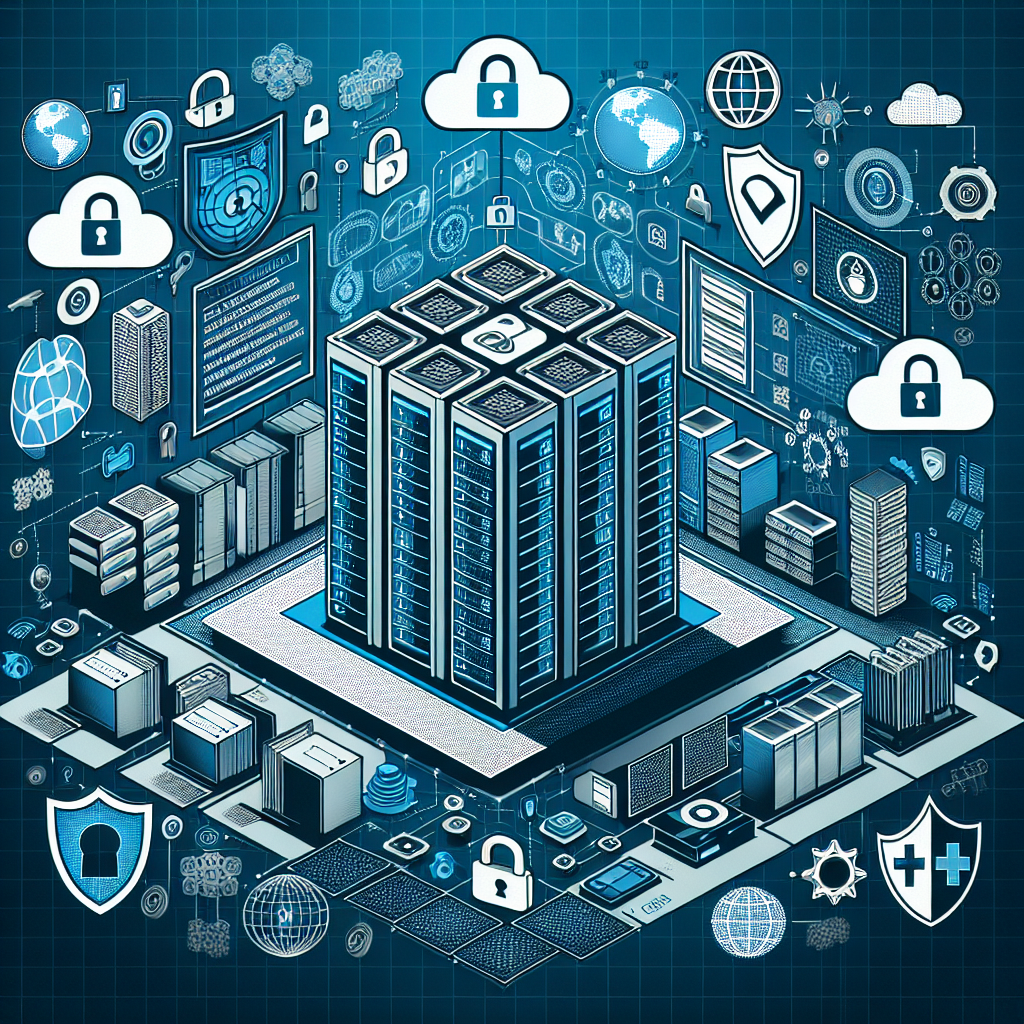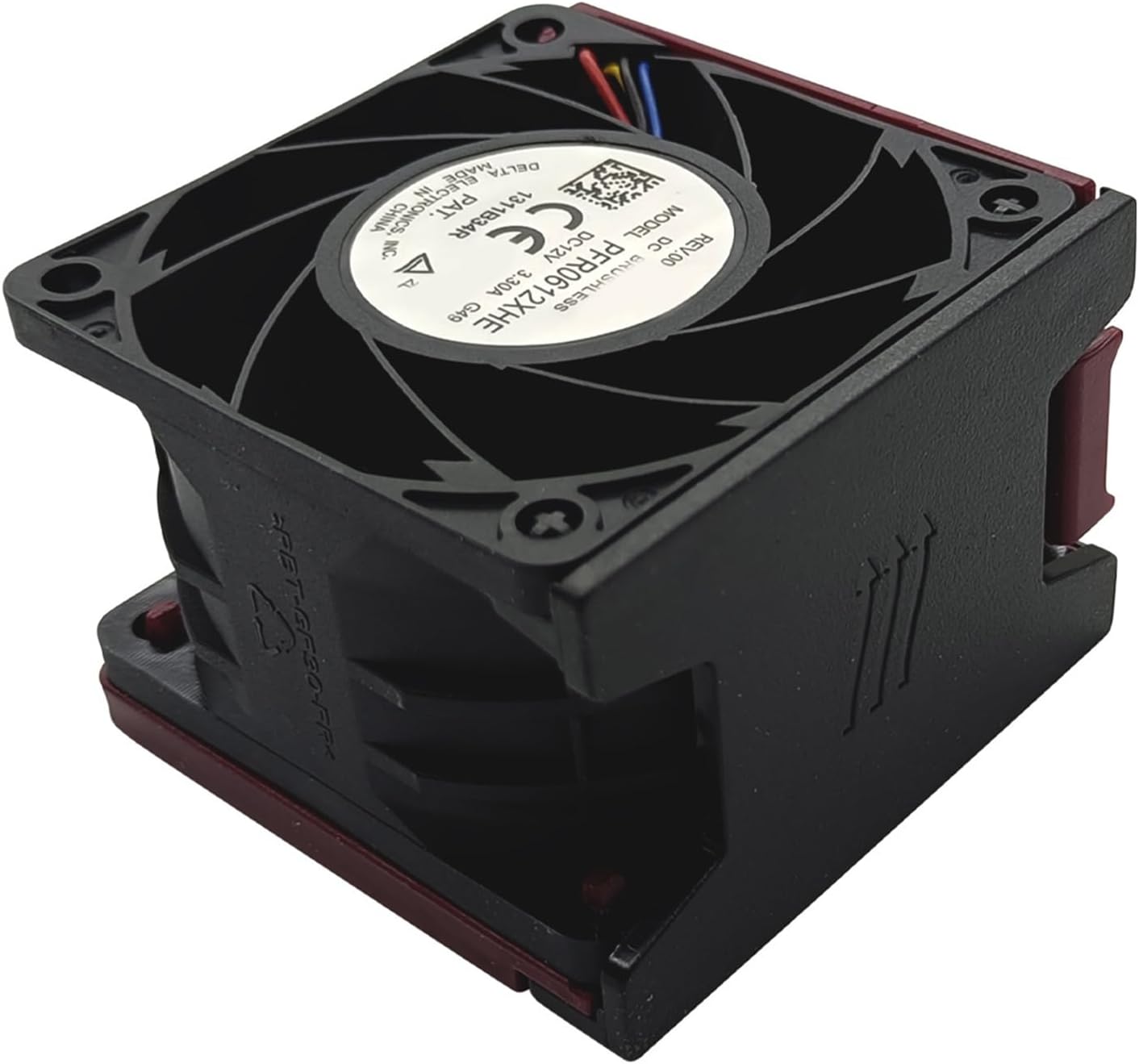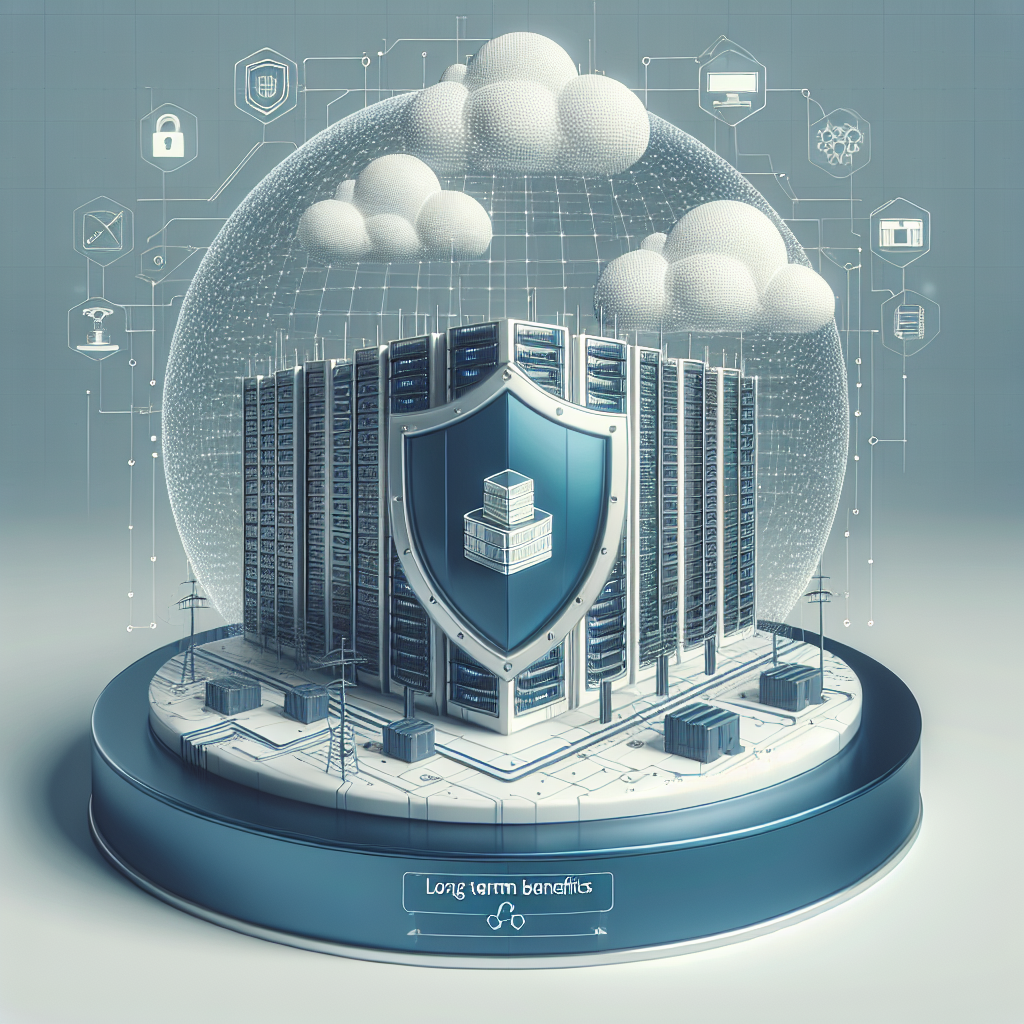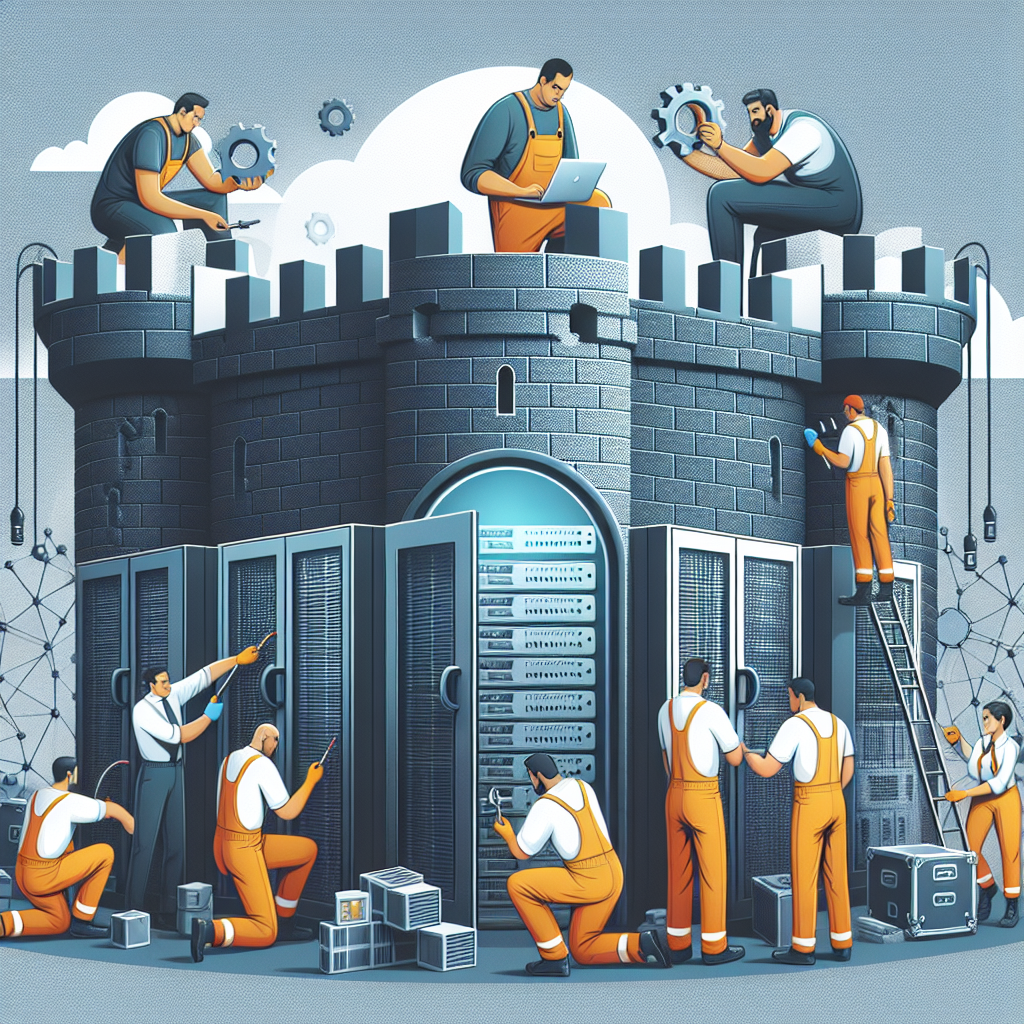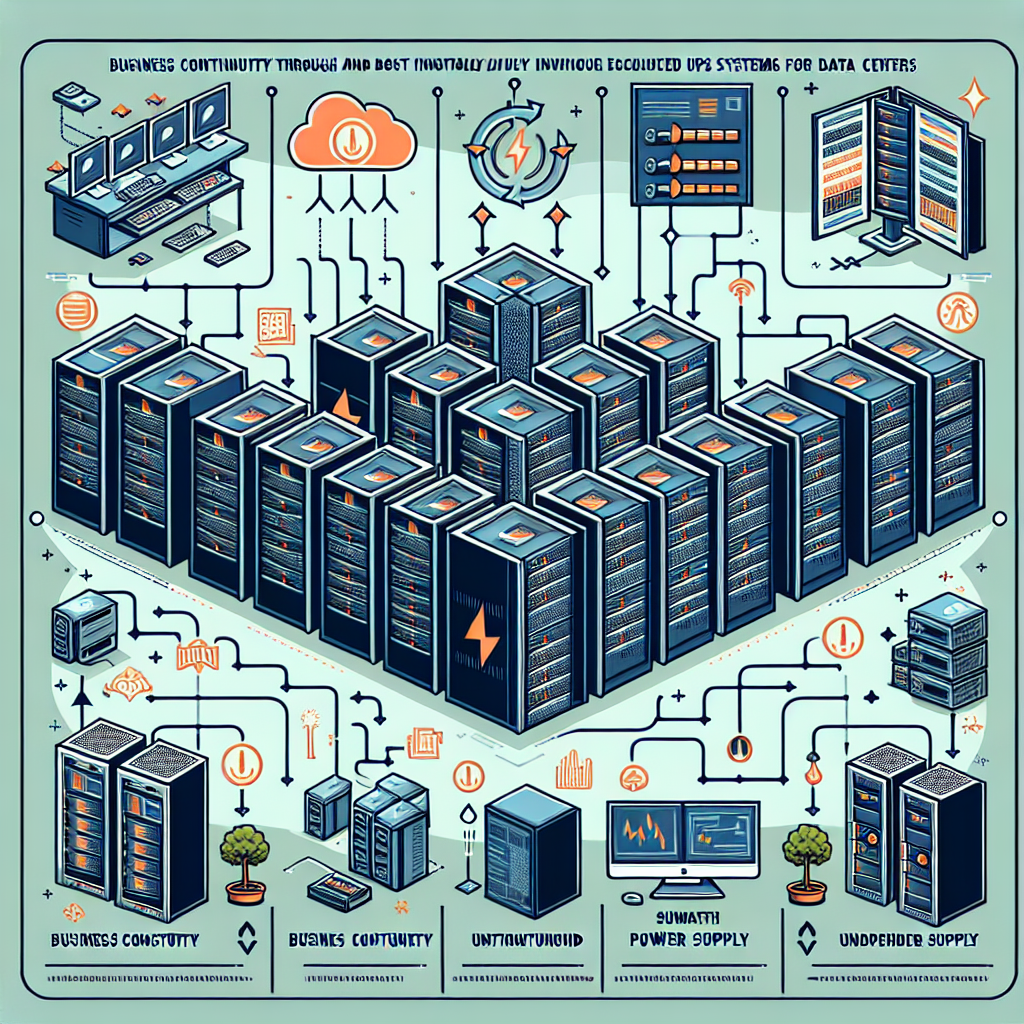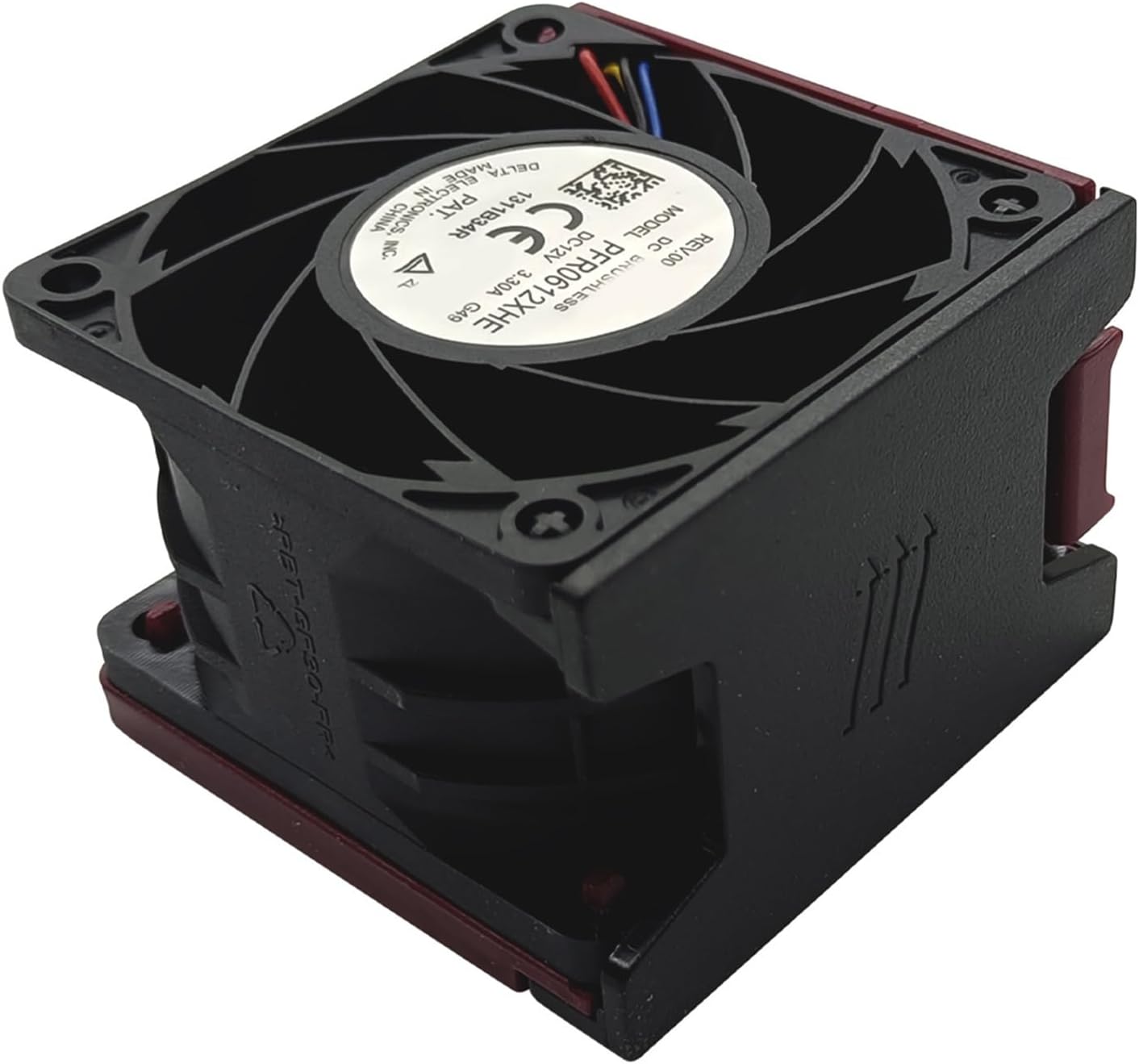In today’s digital age, data is the lifeblood of any organization. With the increasing reliance on technology for day-to-day operations, the need to protect and recover data in the event of a disaster has never been more critical. A robust data center disaster recovery strategy is essential to ensure business continuity and minimize downtime.
Building a comprehensive disaster recovery strategy starts with understanding the potential risks that could disrupt your data center operations. Natural disasters such as earthquakes, hurricanes, floods, and fires can cause physical damage to data centers, while cyberattacks, human error, hardware failures, and power outages can lead to data loss and system downtime.
Once the risks have been identified, the next step is to assess the impact of these events on your organization. This involves determining the criticality of data and applications, as well as the maximum tolerable downtime for each system. By prioritizing systems and data based on their importance to the business, you can allocate resources more effectively during a disaster recovery scenario.
One of the key components of a data center disaster recovery strategy is having a backup and recovery plan in place. This involves regularly backing up data and storing copies offsite to protect against data loss. In addition, having redundant systems and failover mechanisms in place can help ensure continuity of operations in the event of a hardware failure or network outage.
Another important aspect of disaster recovery planning is testing the plan regularly to ensure its effectiveness. Regular testing helps identify any weaknesses or gaps in the plan and allows for adjustments to be made before a real disaster occurs. It is also important to involve key stakeholders in the testing process to ensure that everyone is familiar with their roles and responsibilities during a disaster recovery scenario.
In addition to technical measures, it is also important to have a communication plan in place to keep employees, customers, and other stakeholders informed during a disaster. This includes establishing communication channels, such as phone trees, email lists, and social media, as well as designating a spokesperson to provide updates and instructions.
In conclusion, building a robust data center disaster recovery strategy is essential for ensuring business continuity and protecting critical data and systems. By identifying risks, prioritizing systems, implementing backup and recovery measures, testing the plan regularly, and establishing a communication plan, organizations can minimize downtime and mitigate the impact of disasters on their operations. Investing in a comprehensive disaster recovery strategy is a wise decision that can help safeguard the future of your business.

